Home>Maintenance & Safety>Child & Elderly Safety at Home>When Do You Switch From High Chair To Booster Seat
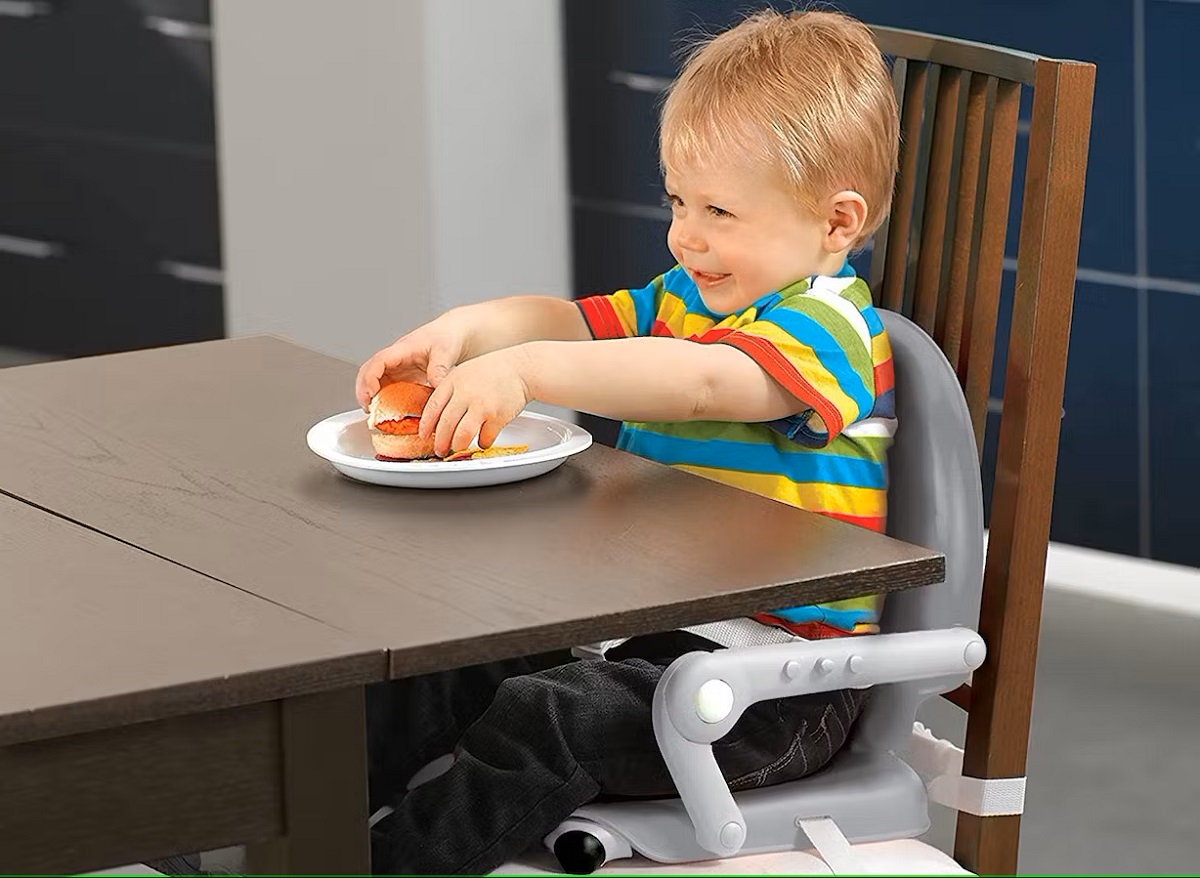

Child & Elderly Safety at Home
When Do You Switch From High Chair To Booster Seat
Modified: March 2, 2024
Learn when to transition your child from a high chair to a booster seat for optimal child and elderly safety at home. Discover expert tips and guidelines.
(Many of the links in this article redirect to a specific reviewed product. Your purchase of these products through affiliate links helps to generate commission for Storables.com, at no extra cost. Learn more)
Introduction
Transitioning from a high chair to a booster seat is a significant milestone in your child's development. It marks the beginning of a new stage where they become more independent and take their place at the family table. This transition is not only a practical step but also a symbolic one, signifying your child's growth and increasing ability to participate in family meals.
As a parent or caregiver, it's natural to feel a mix of emotions during this transition. You may experience a sense of pride as you witness your child's increasing autonomy, but it's also common to feel a tinge of nostalgia as they outgrow their high chair. However, this shift is an essential part of your child's journey towards greater independence and should be embraced with enthusiasm and careful consideration.
In this article, we will explore the signs that indicate your child is ready for a booster seat, the benefits of making this transition, safety considerations to keep in mind, and practical tips for ensuring a smooth and successful switch. By understanding the key aspects of this transition, you can confidently support your child's development while prioritizing their safety and well-being.
The move from a high chair to a booster seat is a pivotal moment in your child's early years, and it's essential to approach it with a blend of practicality, sensitivity, and informed decision-making. Let's delve into the details of this important transition and discover how to navigate it with confidence and care.
Key Takeaways:
- Transitioning to a booster seat empowers kids to join family meals, promoting independence, safety, and healthy eating habits while creating lasting memories and social interactions.
- Prioritize safety and gradual integration when transitioning to a booster seat, fostering a secure and positive experience for kids as they adapt to the new seating arrangement.
Signs your child is ready for a booster seat
-
Your child can sit unassisted: One of the primary indicators that your child is ready for a booster seat is their ability to sit up without assistance. This means they have developed the core strength and stability necessary to sit securely in a booster seat without relying on the constraints of a high chair.
-
They show an interest in joining family meals: If your child displays eagerness to participate in family meals and demonstrates an interest in sitting at the table with everyone else, it may be a sign that they are ready for a booster seat. This desire to be part of the communal dining experience is a positive indication of their readiness for this transition.
-
They exceed the weight and height limits of their high chair: As your child grows, they may outgrow the size specifications of their high chair. If they are reaching the height and weight limits recommended for their high chair, it's a clear signal that they may be better suited for a booster seat that accommodates their increased size and stature.
-
They have good posture and stability: Observing your child's posture and stability during meal times can provide valuable insights into their readiness for a booster seat. If they demonstrate the ability to sit upright and maintain good posture for extended periods, it suggests that they have the physical capability to transition to a booster seat.
-
They can understand and follow basic safety instructions: A child who can comprehend and follow simple safety guidelines, such as remaining seated during meals and not fidgeting excessively, is displaying a level of maturity and awareness that aligns with the responsibilities of using a booster seat.
-
They express discomfort or resistance to the high chair: If your child shows signs of discomfort or expresses a desire to transition out of their high chair, it's important to consider their preferences. Their discomfort may stem from feeling confined or restricted in the high chair, indicating that they are ready for a more open and inclusive seating arrangement provided by a booster seat.
-
They have reached the age recommended for booster seat use: While age alone is not the sole determinant of readiness for a booster seat, it is a helpful guideline to consider. Many experts recommend transitioning to a booster seat around the age of three or when a child reaches the developmental milestones mentioned above.
Recognizing these signs and cues from your child can guide you in determining the optimal time to make the transition from a high chair to a booster seat. By being attuned to your child's physical abilities, behavioral cues, and developmental readiness, you can ensure a smooth and timely shift that supports their growing independence and participation in family meals.
Benefits of switching to a booster seat
Transitioning from a high chair to a booster seat offers a range of benefits for both children and caregivers. As your child grows and develops, the switch to a booster seat represents a significant step towards fostering independence, enhancing safety, and promoting positive mealtime experiences.
1. Enhanced Social Interaction
By using a booster seat, your child can join the rest of the family at the dining table, fostering a sense of inclusion and togetherness during meal times. This integration allows them to observe and learn from adult eating behaviors, engage in conversations, and develop social skills in a communal setting. The booster seat facilitates a shared dining experience, promoting family bonding and creating lasting memories around the dinner table.
2. Improved Posture and Comfort
Booster seats are designed to provide ergonomic support, promoting proper posture and alignment during meals. This helps children develop healthy sitting habits and reduces the risk of slouching or discomfort often associated with traditional high chairs. The elevated seating position also enables children to comfortably reach their food and utensils, fostering a greater sense of autonomy and self-sufficiency during meal times.
3. Transition towards Independence
Using a booster seat empowers children to take on a more active role in mealtime routines. It encourages them to self-feed, make food choices, and participate in setting the table, thereby fostering a sense of responsibility and independence. This gradual transition from the confines of a high chair to the freedom of a booster seat aligns with a child's natural developmental progression, promoting confidence and autonomy.
4. Practical and Cost-Effective
Booster seats are versatile and portable, making them suitable for use at home, during travel, and in various dining settings. Their compact size and lightweight nature make them convenient for caregivers to transport and store when not in use. Additionally, the longevity of booster seats allows them to accommodate children as they grow, offering a cost-effective seating solution that can adapt to evolving needs.
5. Safety and Security
Booster seats provide an added layer of safety by securing children at an appropriate height and position for dining. They help minimize the risk of falls and provide stability, reducing the likelihood of accidents during meal times. Furthermore, the use of booster seats promotes the correct use of seat belts and harnesses, instilling good safety habits from an early age.
6. Encourages Healthy Eating Habits
By participating in family meals from an elevated position, children are more likely to engage in positive eating behaviors and develop healthy dietary habits. The inclusive dining experience facilitated by booster seats encourages children to explore a variety of foods, engage in mealtime conversations, and develop an appreciation for nutritious eating, laying the foundation for lifelong healthy eating habits.
In summary, the transition to a booster seat offers a multitude of advantages, encompassing social, developmental, safety, and practical considerations. By embracing the benefits of booster seats, caregivers can support their child's growth, independence, and well-being while fostering a positive and inclusive dining environment.
Read more: When Do Babies Need A High Chair
Safety considerations when transitioning from a high chair to a booster seat
Ensuring the safety of your child during the transition from a high chair to a booster seat is paramount. As caregivers, it is essential to be mindful of several key safety considerations to facilitate a smooth and secure shift for your child.
1. Secure Attachment and Stability
When selecting a booster seat, prioritize models that offer secure attachment mechanisms, such as adjustable straps or harnesses. These features are crucial for anchoring the booster seat to a standard dining chair, providing stability and preventing accidental slips or dislodgment during use. Additionally, ensure that the booster seat is compatible with the specific design and dimensions of your dining chairs to optimize stability.
2. Age and Weight Recommendations
Adhere to the age and weight recommendations provided by the booster seat manufacturer. These guidelines are designed to align with the developmental and physical capabilities of children, ensuring that the booster seat is suitable for your child's size and stage of growth. By following these recommendations, you can mitigate the risk of using an ill-fitting or inappropriate booster seat.
3. Proper Positioning at the Table
Position the booster seat securely at the dining table to facilitate your child's participation in meals while maintaining a safe and comfortable environment. Ensure that the booster seat is placed away from the table's edge to prevent accidental tipping or instability. Additionally, verify that your child's feet can rest flat on a stable surface to promote proper posture and stability during meal times.
4. Supervision and Monitoring
Even as your child transitions to a booster seat, continuous supervision and monitoring are essential. Stay attentive to your child's behavior and movements during meal times, especially during the initial stages of using the booster seat. This proactive approach allows you to address any safety concerns promptly and ensure that your child adapts comfortably to the new seating arrangement.
5. Harness and Restraint Usage
If the booster seat is equipped with a harness or restraint system, utilize it according to the manufacturer's instructions. Properly securing your child within the booster seat enhances their safety and minimizes the risk of accidental falls or movements that could compromise their stability. Familiarize yourself with the correct usage of the harness and ensure that it is adjusted to fit your child snugly without causing discomfort.
6. Educating Caregivers and Family Members
Communicate the proper usage and safety guidelines of the booster seat to other caregivers and family members involved in your child's care. By promoting a collective understanding of the booster seat's features and safety protocols, you can ensure consistent and reliable supervision, regardless of who is overseeing your child during meal times.
7. Regular Maintenance and Inspection
Periodically inspect the booster seat for signs of wear, damage, or loose components. Regular maintenance and inspection help identify any potential safety hazards and allow for timely repairs or replacements as needed. Additionally, follow the manufacturer's recommendations for cleaning and upkeep to maintain the booster seat in optimal condition.
By prioritizing these safety considerations and integrating them into your child's transition from a high chair to a booster seat, you can create a secure and supportive dining environment that promotes your child's well-being and independence. Embracing these safety measures empowers caregivers to facilitate a seamless and safe transition, nurturing a positive and enriching dining experience for their child.
Read more: When Do Babies Sit In A High Chair?
Tips for a smooth transition
Transitioning from a high chair to a booster seat is a significant milestone for both children and caregivers. To ensure a seamless and successful shift, consider the following tips that can facilitate a smooth transition and optimize the experience for your child:
1. Familiarization and Exploration
Introduce the booster seat to your child well in advance of the transition. Allow them to explore and become familiar with the new seating arrangement, encouraging a sense of curiosity and comfort. Allowing your child to interact with the booster seat in a positive and playful manner can alleviate any apprehension and make the transition more engaging.
2. Gradual Integration
Gradually incorporate the booster seat into your child's mealtime routine. Begin by using the booster seat for shorter durations during meals, gradually increasing the duration as your child becomes accustomed to the new seating arrangement. This incremental approach can help your child acclimate to the booster seat without feeling overwhelmed.
3. Encouragement and Positive Reinforcement
Offer praise and encouragement as your child adapts to the booster seat. Acknowledge their efforts and positive behavior during meal times, reinforcing the idea that using the booster seat is a positive and rewarding experience. Positive reinforcement can instill confidence and enthusiasm in your child as they embrace the transition.
4. Involvement in Decision-Making
Involve your child in the process of selecting the booster seat, if feasible. Presenting them with options and allowing them to express their preferences can foster a sense of ownership and excitement about the new seating arrangement. By involving your child in the decision-making process, you can cultivate a sense of empowerment and investment in the transition.
5. Consistent Routine and Structure
Maintain a consistent mealtime routine as you transition to the booster seat. Establishing a predictable schedule and structure around meals can provide a sense of stability and reassurance for your child. Consistency can help them feel secure and confident as they embrace the change in seating.
6. Role Modeling and Participation
Lead by example by demonstrating positive mealtime behaviors and actively participating in family meals. Your active involvement and positive demeanor during meals can influence your child's perception of the booster seat as a natural and enjoyable part of the dining experience. Engaging in mealtime conversations and modeling proper dining etiquette can create a supportive and inclusive atmosphere.
7. Patience and Flexibility
Exercise patience and flexibility as your child adjusts to the booster seat. Understand that transitions take time, and each child may adapt at their own pace. Embrace a patient and understanding approach, allowing your child the time and space they need to acclimate to the new seating arrangement without pressure or undue haste.
By implementing these tips, you can navigate the transition from a high chair to a booster seat with attentiveness and care, fostering a positive and enriching experience for your child. Embracing these strategies can contribute to a smooth and successful transition, promoting your child's independence and participation in family meals while prioritizing their comfort and well-being.
Read more: When Are Kids Ready For A Booster Seat
Conclusion
In conclusion, the transition from a high chair to a booster seat represents a pivotal moment in your child's development and mealtime experience. By recognizing the signs of readiness, understanding the benefits, prioritizing safety considerations, and implementing practical tips, caregivers can navigate this transition with confidence and care.
The decision to switch to a booster seat is not merely a practical adjustment but a significant step towards fostering independence, inclusivity, and positive mealtime interactions for children. It marks the beginning of their active participation in family meals, promoting social interaction, healthy eating habits, and a sense of belonging at the dining table.
By embracing the benefits of booster seats, caregivers can create an environment that nurtures children's physical, social, and emotional well-being during meal times. The enhanced safety, comfort, and autonomy provided by booster seats contribute to a positive and enriching dining experience for children, fostering a foundation for lifelong healthy eating habits and family bonding.
Furthermore, prioritizing safety considerations during the transition ensures that children can engage in meals from a secure and stable vantage point, minimizing the risk of accidents and promoting a sense of security and confidence. By adhering to age and weight recommendations, utilizing harnesses and restraints, and maintaining vigilance during meal times, caregivers can create a safe and supportive dining environment that encourages children's independence and well-being.
The practical tips for a smooth transition offer actionable strategies for caregivers to facilitate a seamless and positive shift from a high chair to a booster seat. By incorporating familiarization, gradual integration, positive reinforcement, and consistent routines, caregivers can support children as they adapt to the new seating arrangement, fostering a sense of empowerment and comfort throughout the transition process.
In essence, the transition from a high chair to a booster seat is a multifaceted journey that encompasses developmental, safety, and emotional considerations. By approaching this transition with attentiveness, understanding, and a focus on the child's well-being, caregivers can create a nurturing and inclusive dining environment that celebrates children's growth, independence, and participation in family meals.
Frequently Asked Questions about When Do You Switch From High Chair To Booster Seat
Was this page helpful?
At Storables.com, we guarantee accurate and reliable information. Our content, validated by Expert Board Contributors, is crafted following stringent Editorial Policies. We're committed to providing you with well-researched, expert-backed insights for all your informational needs.
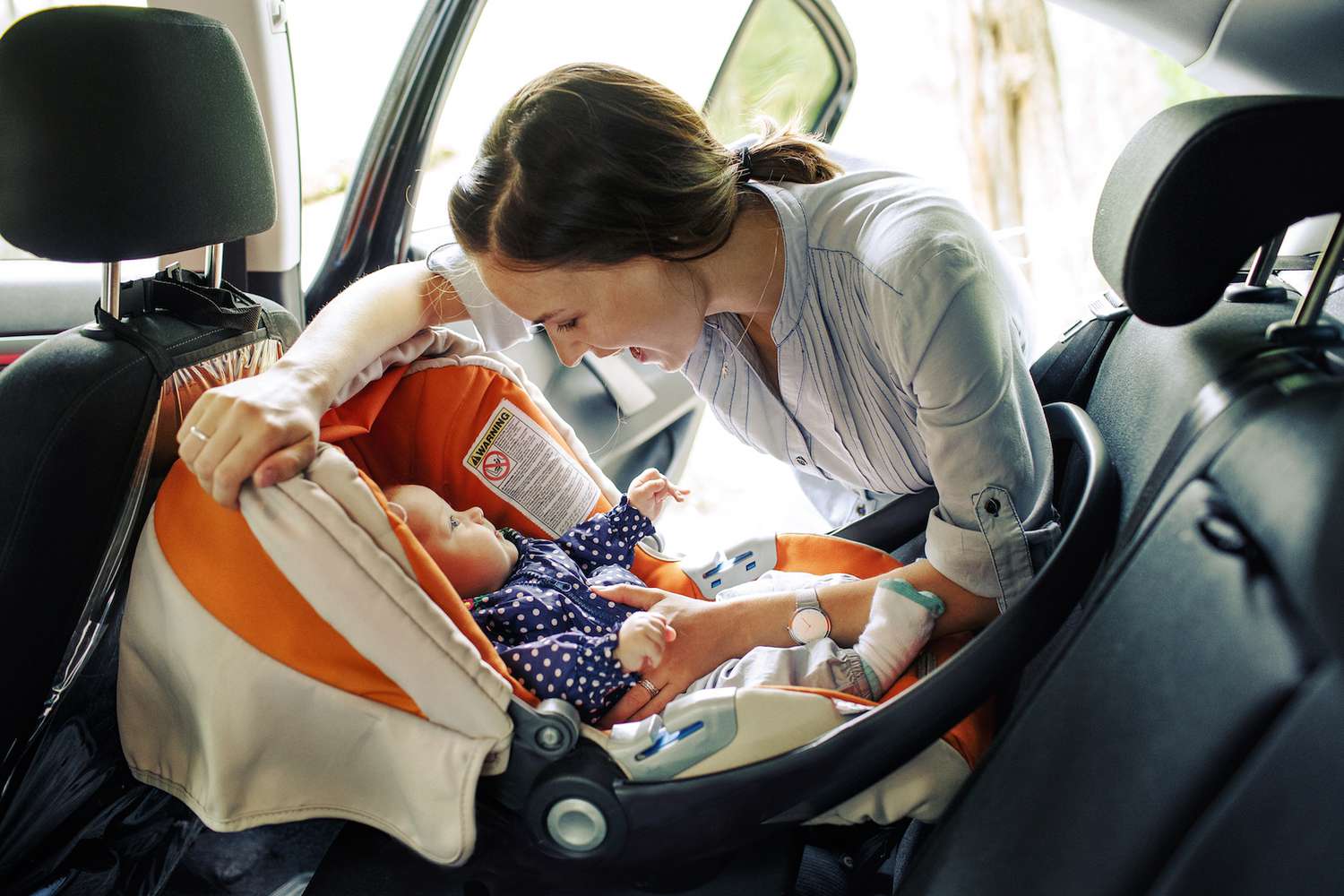
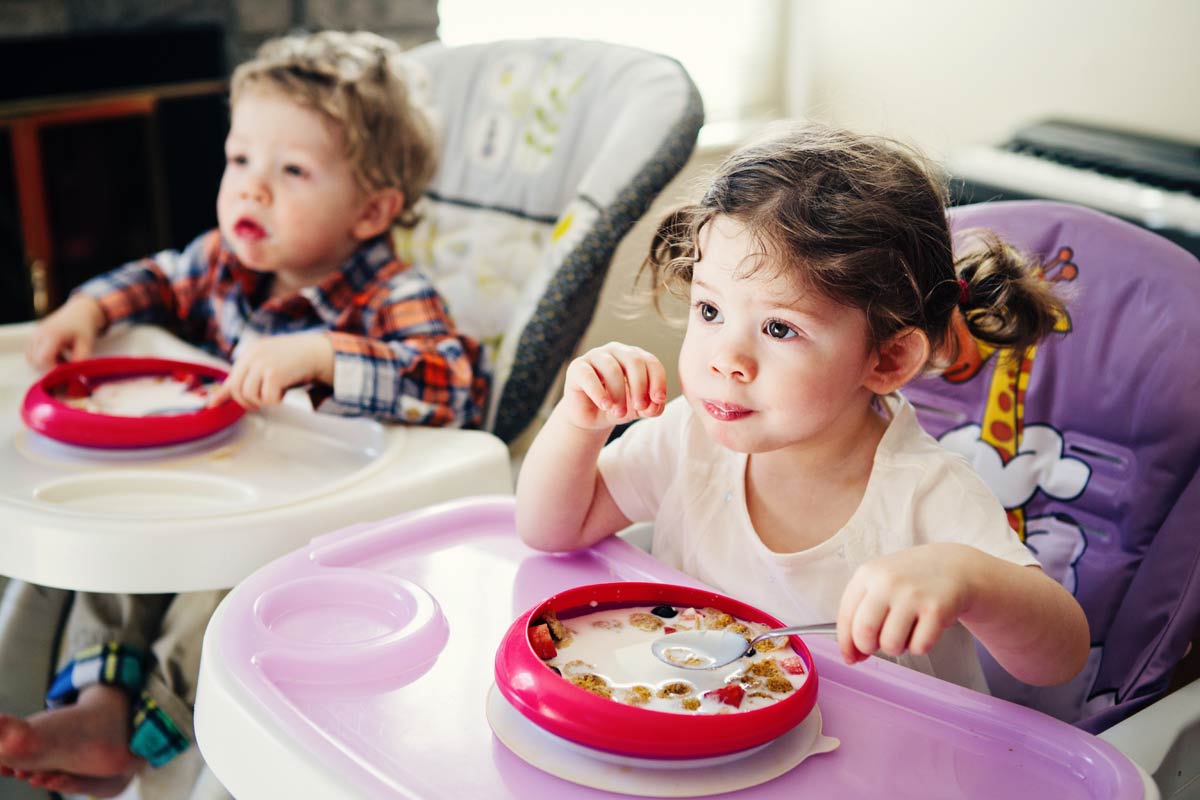
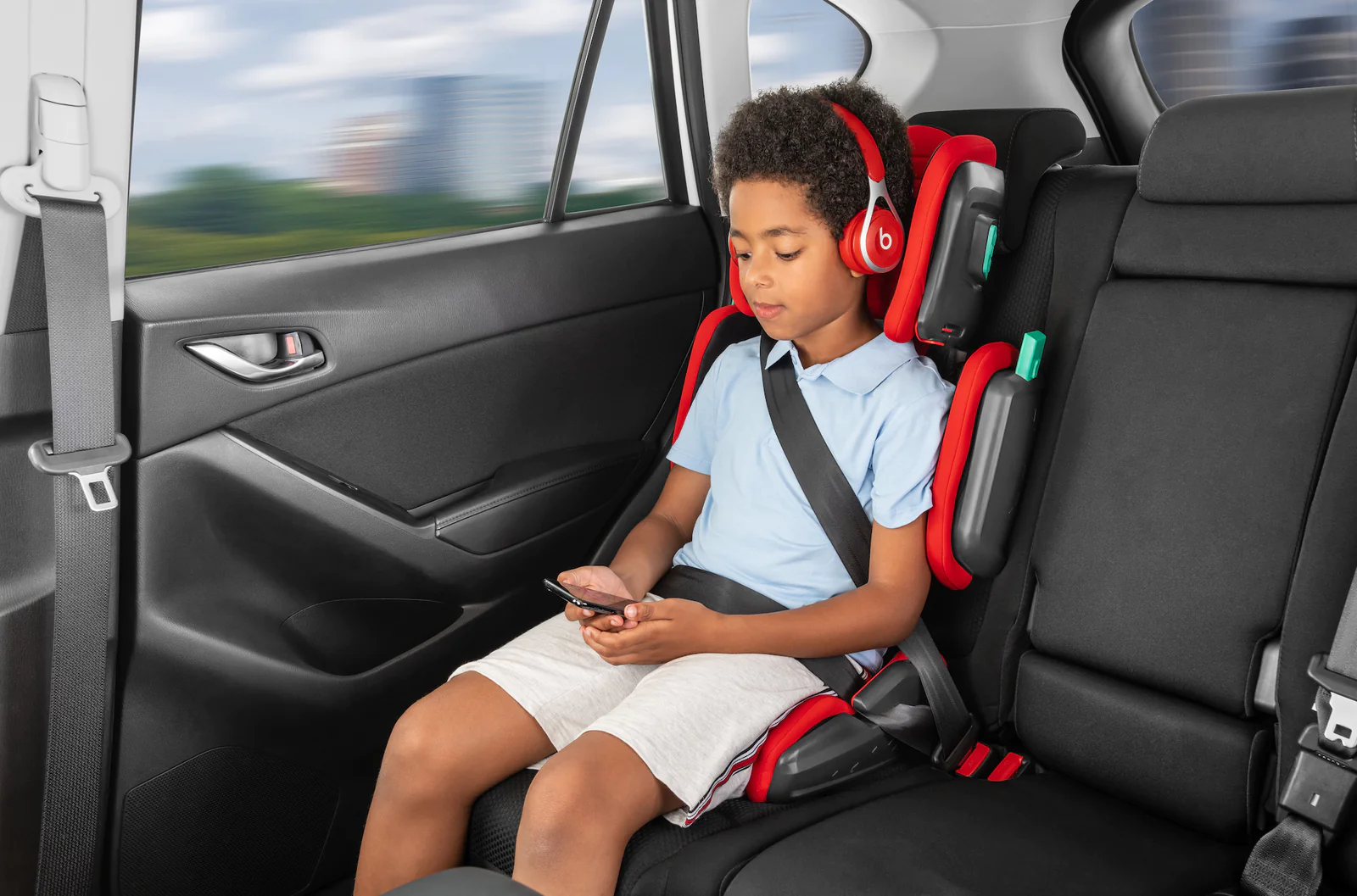
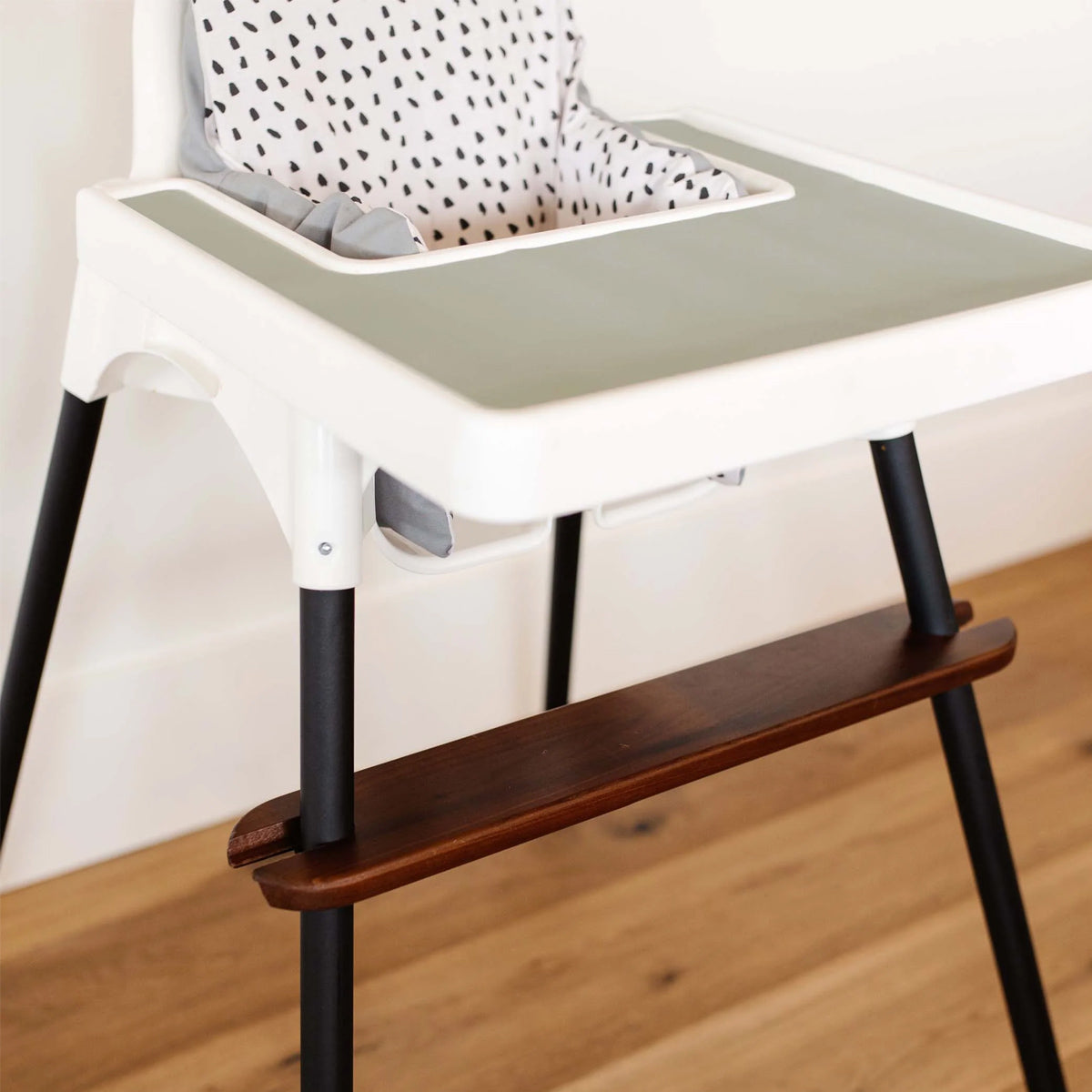

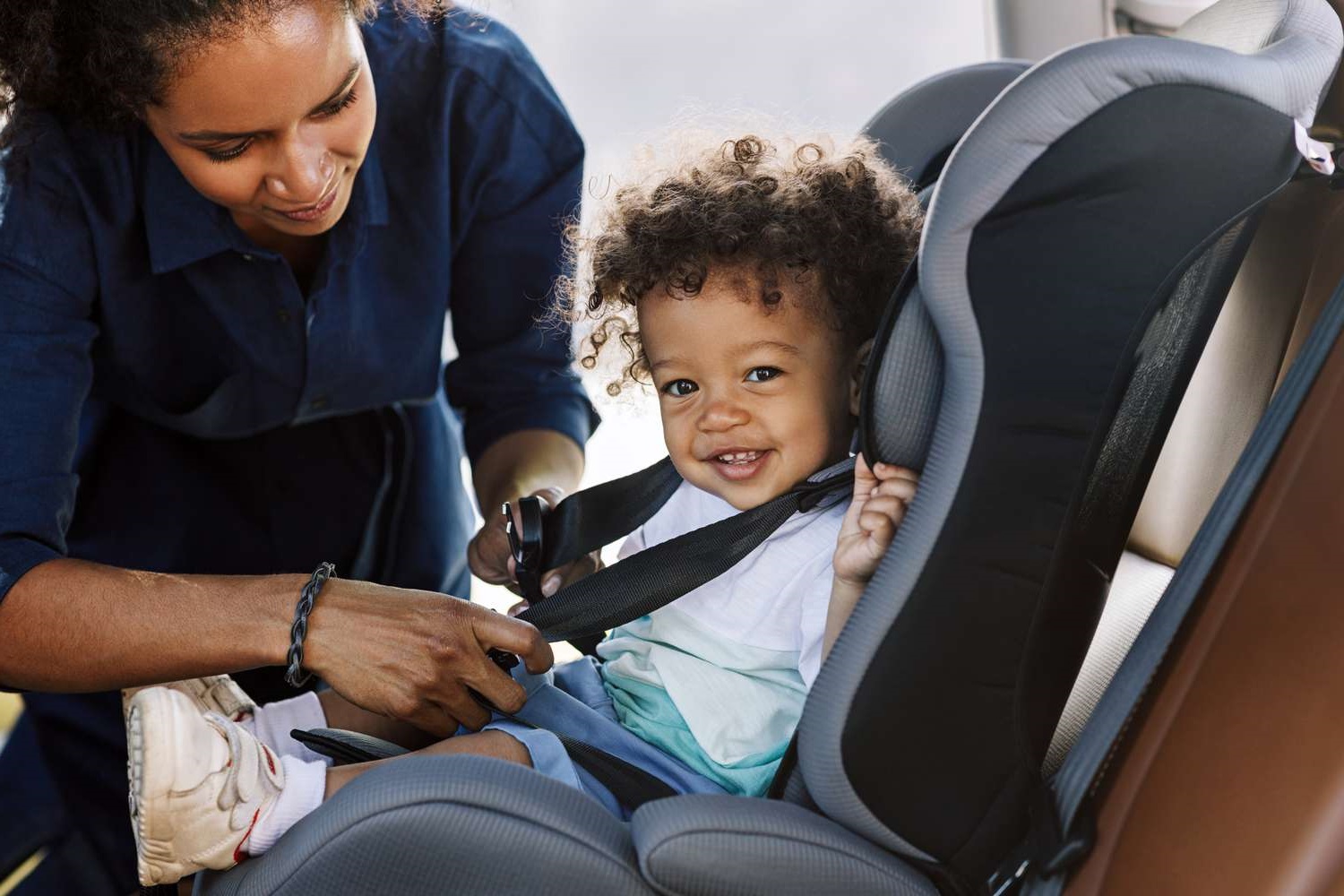
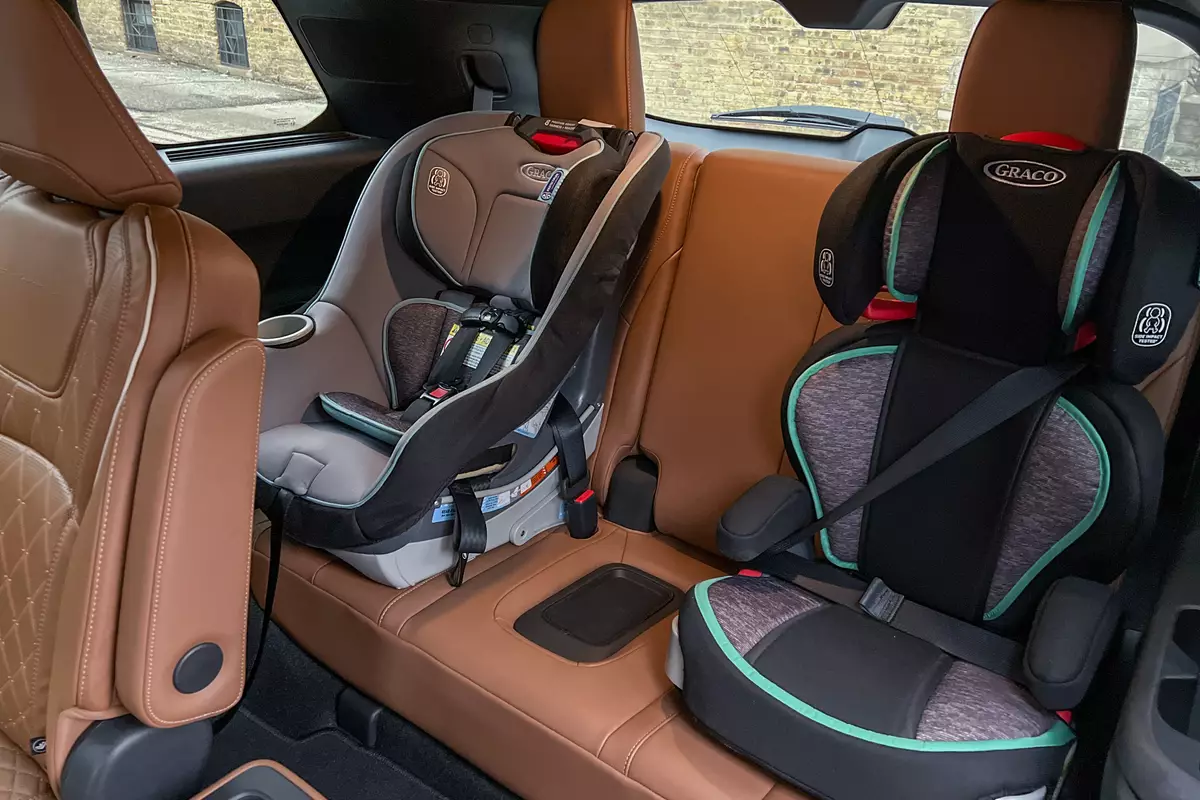
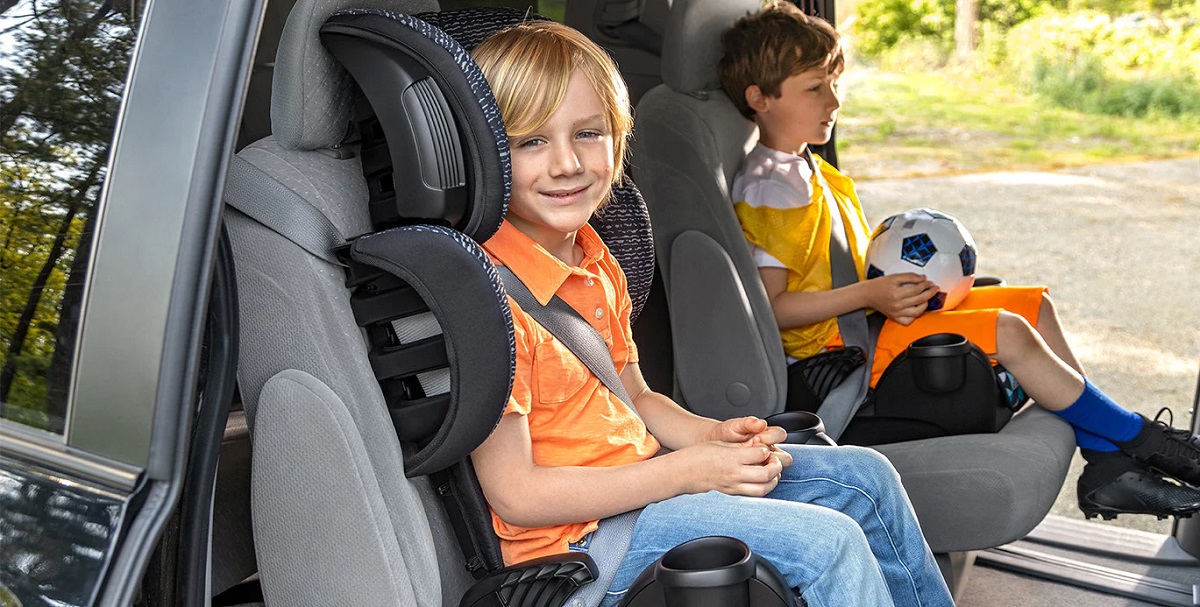


0 thoughts on “When Do You Switch From High Chair To Booster Seat”